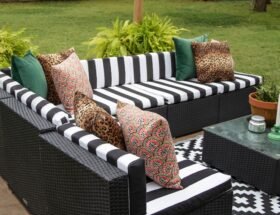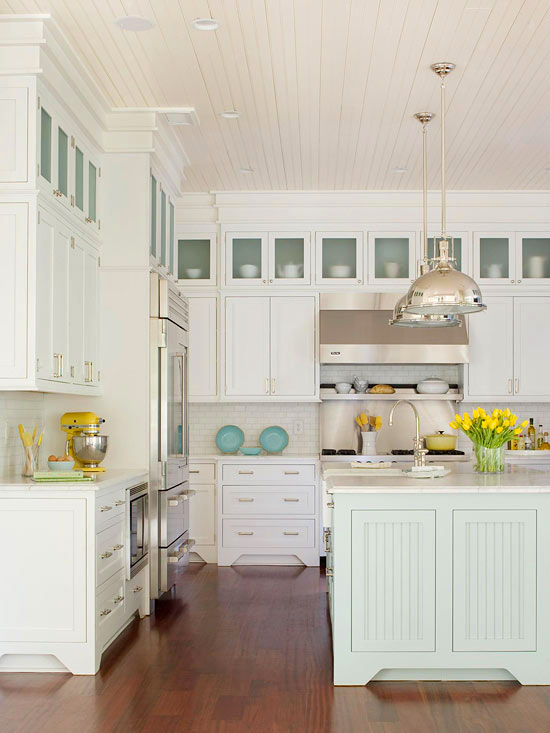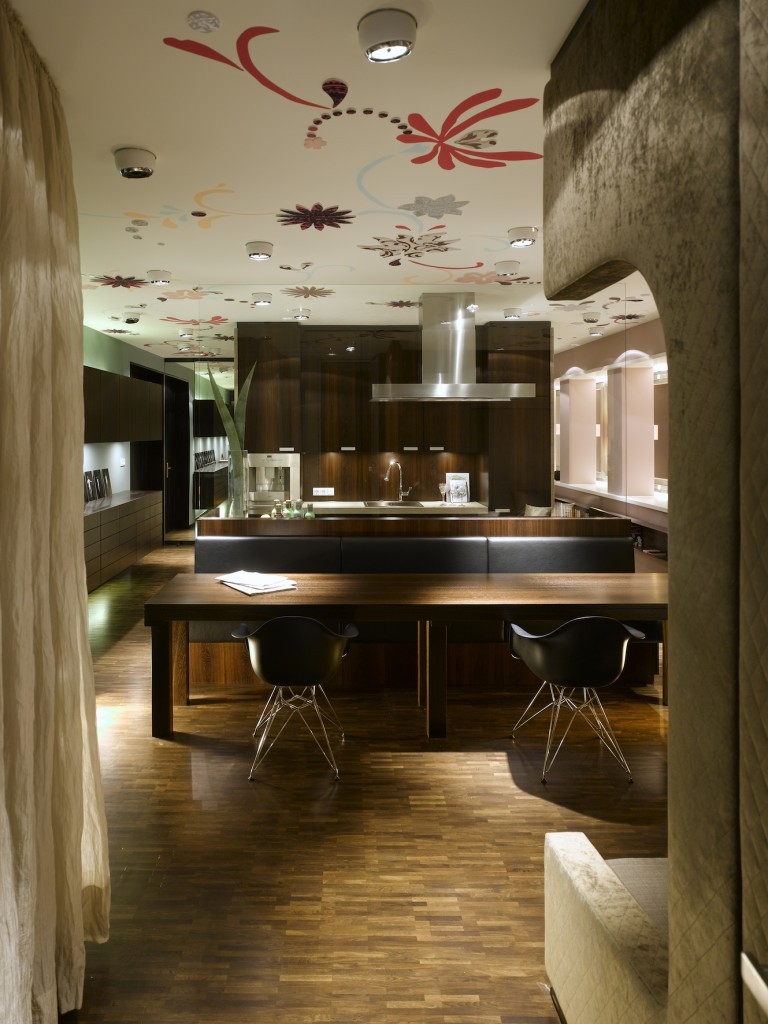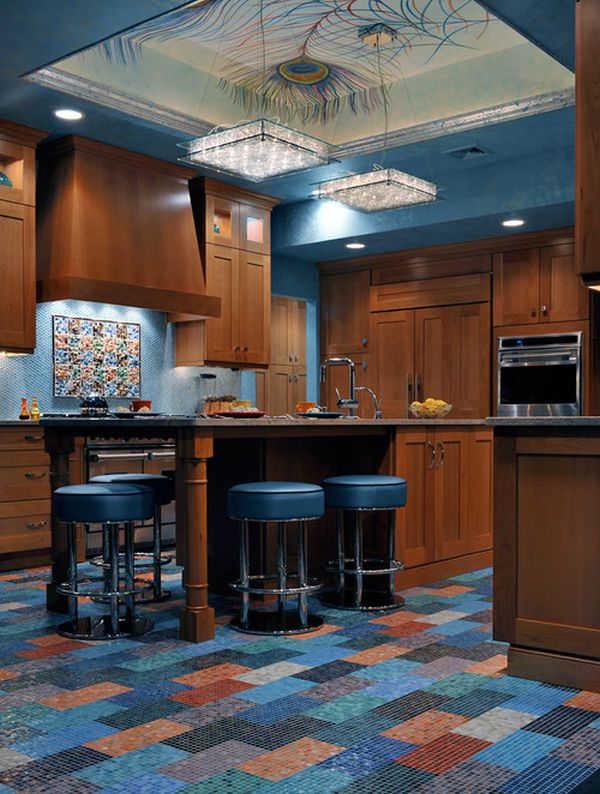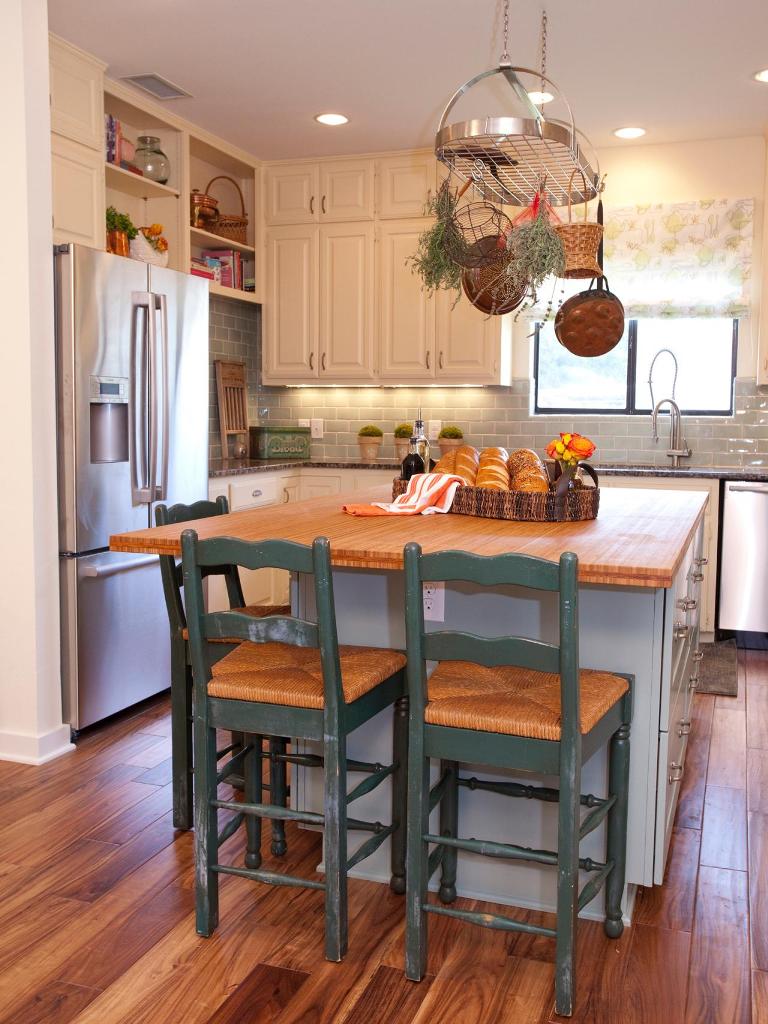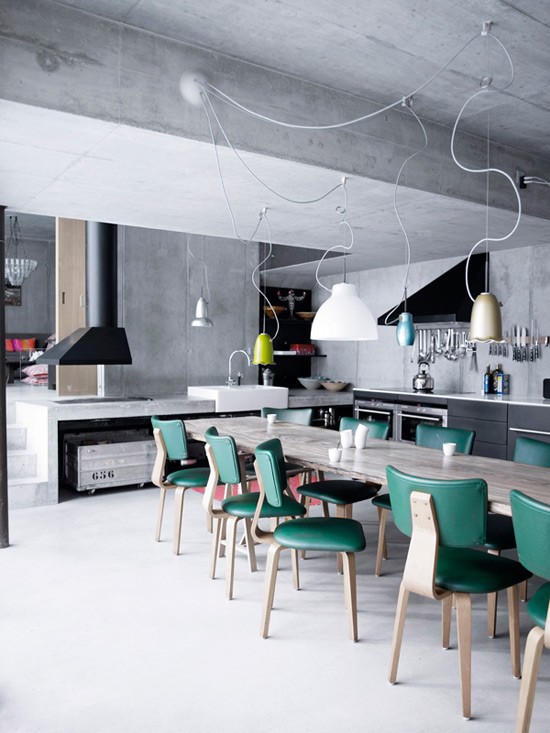In addition to saving on the electricity bill, maximizing the use of natural light ensures that some light bulbs are saved, heats the house and helps eliminate germs and mites.

Are you looking for alternatives to save energy? Lighting can only represent 5% of a home’s energy costs, but consumption can be reduced even further – easily reaching less than half – with a little determination and investment.

A good way to start saving energy is to open your home to nature’s free and efficient light source: the sun. Then look to adopt low-power, long-life technologies.
Bet on light colors

Paint the interior walls of your home in light colors and use mirrors to reflect natural light, especially in dark environments.
Adjust your schedules

Organize your schedule to get more out of the day. If you spend a lot of time doing activities at home (studying or reading, for example), try to schedule yourself to get up early and do most of your chores before dark.
Open the curtains

On clear, sunny days (but not too hot), open blinds and curtains to let in as much light as possible.
Glazing can help save energy

If your house is dark, install larger windows, or French doors, on the north face. Choose taller windows rather than wide ones to let in more light.
Plan each room

Position work areas, such as desks, countertops and sinks, near sources of natural light.
Save energy using skylights

Install skylights in dark corners such as hallways and small windowless rooms. To reduce the flow of hot air, close them at night and protect them from the high sun in summer.
Transparent tiles

A cheaper option in relation to the skylight is the use of transparent acrylic tiles on part of the roof of the house (around 15 to 20% of the roof). Building sawtooth roofs can also be a great option for your home.





